Do you want to charge five devices together with just one power supply? Among the best solutions available on the market is Anker PowerPort Speed 5, a charger we recently tested and which, thanks to its high output power, can charge up to five tablets at the same time.
As did
The Anker PowerPort Speed 5 isn't that different from other similar products we've reviewed in the past. Built with an apparently very robust polycarbonate shell and covered with a thin satin finish, compared to the promised power it is really compact: it measures approximately 10 x 7.5 x 3 centimeters and weighs around 200 grams.
The power cable is removable and is approximately one meter long, allowing you to connect it to the electrical outlet and place it easily on a table or desk top. It has five USB-A sockets, two of which with support for QC 3.0 technology and recognizable at a glance thanks to the blue color of the internal cavity of each port. The remaining three support Anker's IQ technology and therefore like the previous ones are able to recognize the connected device and recharge it at the maximum possible speed.
1 of 9 
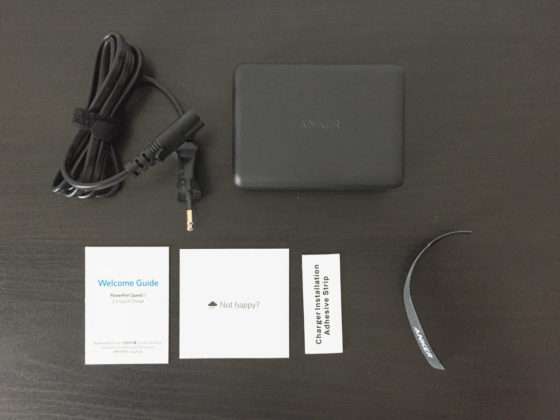
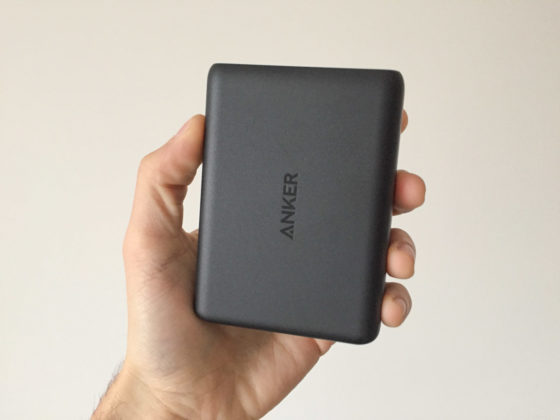

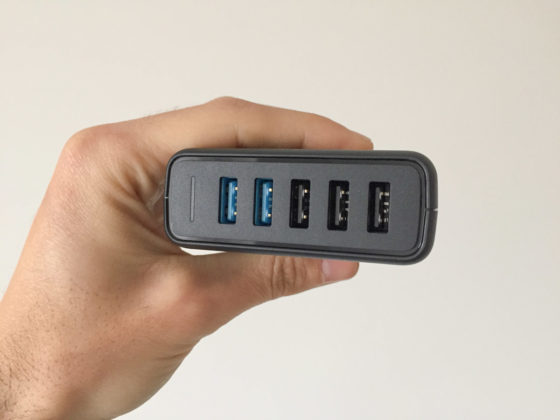
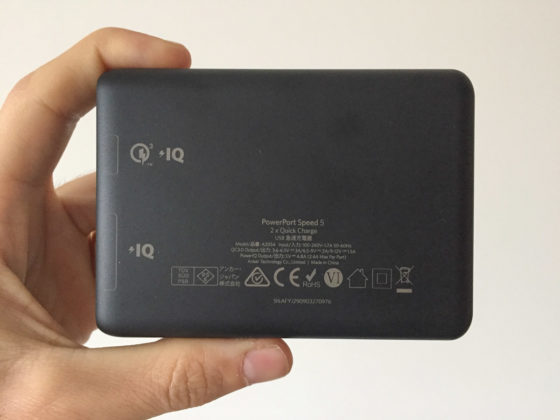

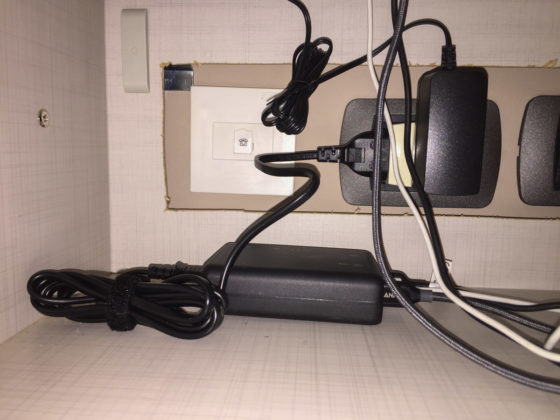
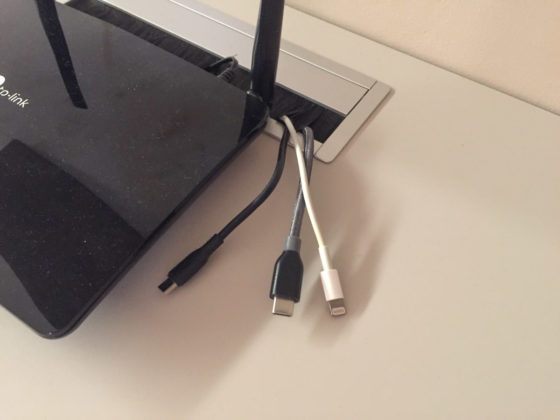
Technology
As we said, two of the ports (light blue) support Qualcomm Quick Charge 3.0 technology. This means they both promise charging speeds up to four times faster than standard chargers. Taking for example a charging time of 35 minutes, a 5V / 1A charger like the one that Apple still insists on inserting in the iPhone packages today would be able to restore an average of 20% of energy. In the same amount of time and by charging the same device, Anker PowerPort Speed 5 is able to restore up to 80% of the energy.
The three additional ports combine proprietary Anker PowerIQ and VoltageBoost technologies to ensure the fastest possible charging for devices that are not compatible with Quick Charge.
According to the company, the device is also equipped with an advanced Anker MultiProtect safety system that controls the temperature and protects the user and devices from overload and short circuit.
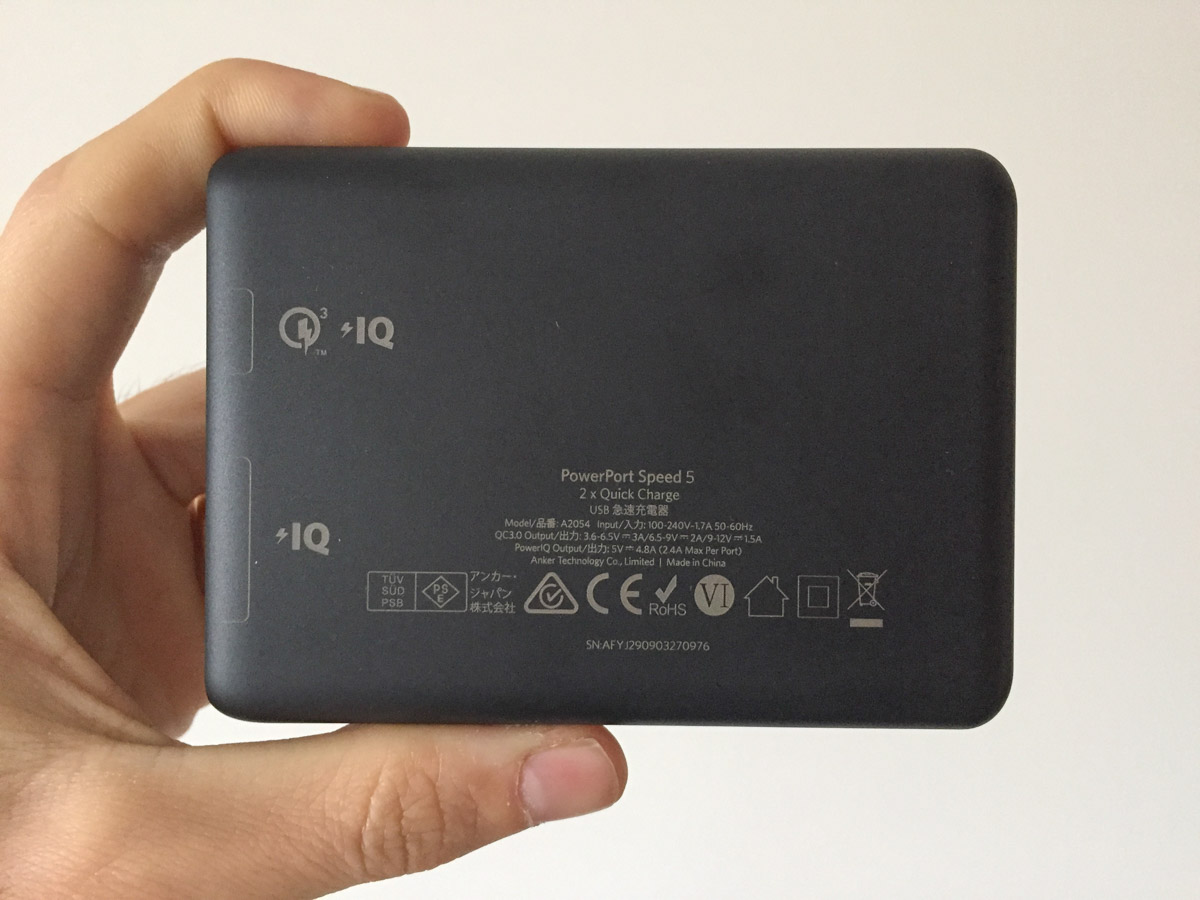
How is it going
Once the power supply is connected to the power socket, an LED indicator will light up blue indicating the actual operation and the presence of voltage. At this point it is sufficient to connect one end of the charging cable to one of the USB ports, the other to the device to be recharged and that's it. There are no keys or buttons to allow charging, which in fact starts automatically when all the parts are correctly connected.
By means of a digital ammeter we were able to verify the actual capacity of Anker PowerPort Speed 5, which actually manages to push to the maximum even when five different devices are connected to it. There is no need to connect specific devices in particular ports because as we said each USB is able to recognize them when connected and adjust the charging power.
The only thing to take into account is the connection to the blue ports, compatible with QC 3.0 and therefore recommended for recharging the batteries of these devices in order to make the most of the power supply. If you connect a latest generation smartphone to one of the other sockets, the recharge will in fact take place anyway but at a maximum of about 2.4 A, therefore without being able to push to the maximum despite the phone supports much higher charging speeds.
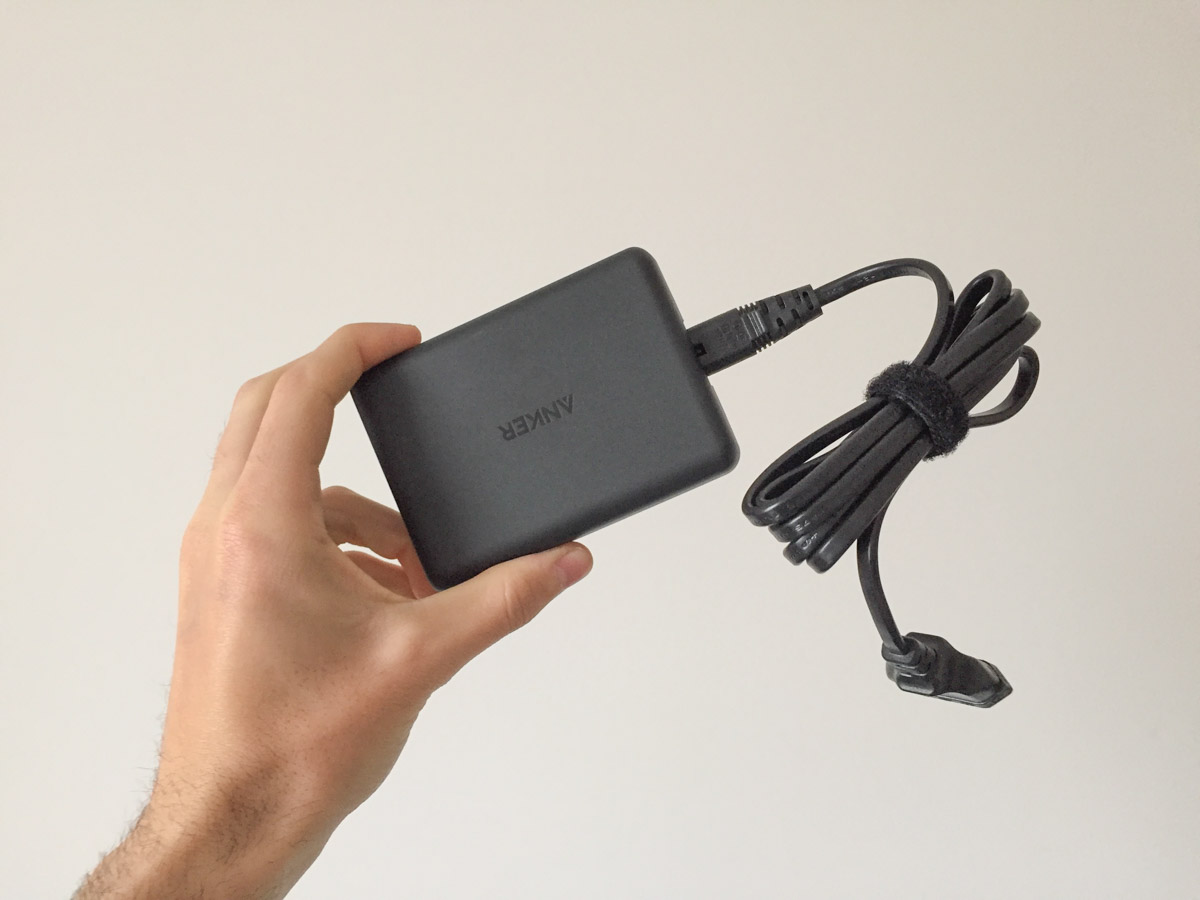
Conclusions
Anker PowerPort Speed 5 is not the only power supply with 5 USB ports, but it is one of the few that can power even five tablets at the same time and at the maximum possible current intensity. This means that on paper it can serve a small office or a workgroup: just place it on the desk and you will always have five USBs at your fingertips occupying a single socket.
The second advantage lies in the two QC 3.0 ports, therefore able to push the charging of two latest generation devices to the maximum (even simultaneously).
Retail price
Anker PowerPort Speed 5 is on sale on Amazon at a price of 49.99 euros.





